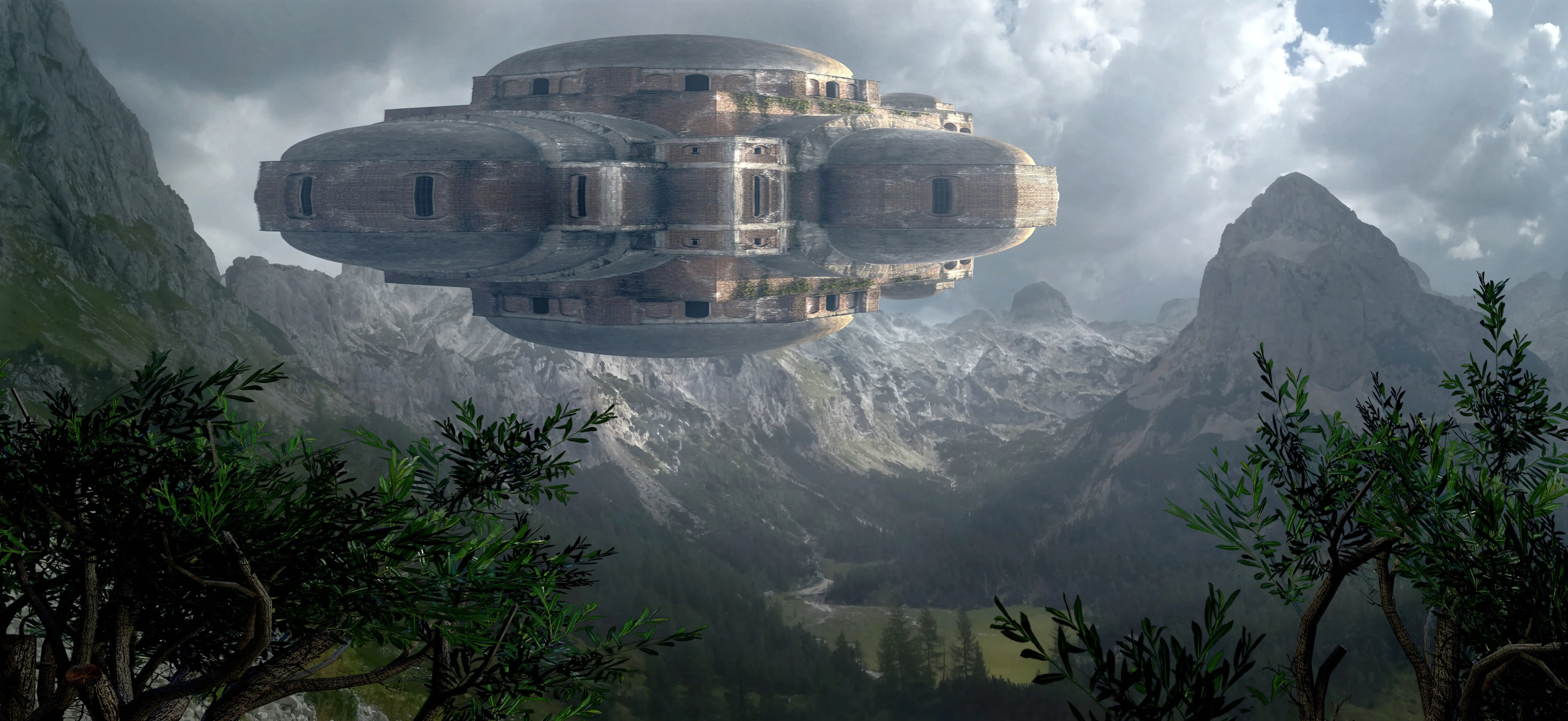
The Search for Life on Mars
The search for life on Mars has been a long and difficult one. The planet is inhospitable to life as we know it, but it's possible that there are some forms of life that have adapted to the planet's harsh conditions. In this article, we'll explore the latest evidence for life on Mars, including a recent discovery made by NASA scientists, and how the search for life has changed over time.
Mars has a thin atmosphere.
Mars has a thin atmosphere, so the temperature on the planet can range from below freezing to 210 degrees Fahrenheit. A day on Mars is 24 hours and 40 minutes long, and a year is 687 days. There are no polar ice caps on Mars, but there is water in its soil.
Mars has polar ice caps.
The Mars Reconnaissance Orbiter has been photographing the surface of Mars for more than a decade. It has found a lot of evidence that there may have been life on Mars in the past. The orbiter also found evidence that there is still water on Mars. One of the best ways to find life on Mars is to look for places where water may be able to exist. One way to do this is by looking for ice caps at the poles.
Mars has a day that is just over 24 hours long.
Mars has a day that is just over 24 hours long. This means that Mars rotates on its axis about every 24 hours and 37 minutes. The length of a Martian year, however, is 687 days.
Mars has two moons, Phobos and Deimos.
Mars has two moons, Phobos and Deimos. They were discovered in 1877 by Asaph Hall. Phobos is the larger of the two moons. It orbits at a distance of .0014 AU from Mars with an orbital period of 7 hours, 39 minutes, and 33 seconds. Deimos orbits at a distance of .0027 AU from Mars with an orbital period of 30 hours, 39 minutes, and 23 seconds.
















